Focke Wulf (FW-190)
WIKIPEDIA-FOCKE-WULF FW-190
Focke-Wulf Fw 190
The Focke-Wulf Fw 190, nicknamed Würger[b] (Shrike) is a German single-seat, single-engine fighter aircraft designed by Kurt Tank at Focke-Wulf in the late 1930s and widely used during World War II. Along with its well-known counterpart, the Messerschmitt Bf 109, the Fw 190 became the backbone of the Jagdwaffe (Fighter Force) of the Luftwaffe. The twin-row BMW 801 radial engine that powered most operational versions enabled the Fw 190 to lift larger loads than the Bf 109, allowing its use as a day fighter, fighter-bomber, ground-attack aircraft and to a lesser degree, night fighter.
Image
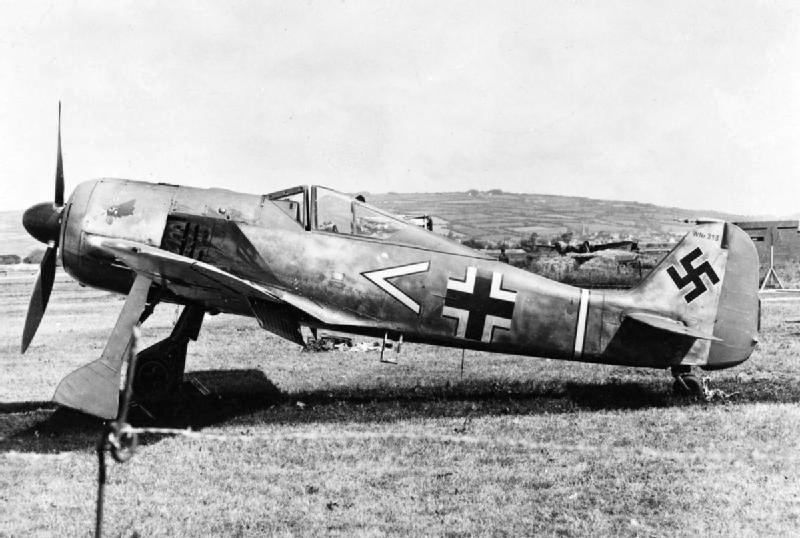
The Fw 190A started flying operationally over France in August 1941 and quickly proved superior in all but turn radius to the Spitfire Mk. V, the main front-line fighter of the Royal Air Force (RAF), particularly at low and medium altitudes.[5] The 190 maintained its superiority over Allied fighters until the introduction of the improved Spitfire Mk. IX.[6] In November/December 1942, the Fw 190 made its air combat debut on the Eastern Front, finding much success in fighter wings and specialised ground attack units (Schlachtgeschwader – Battle Wings or Strike Wings) from October 1943.
The Fw 190A series' performance decreased at high altitudes (usually 6,000 m [20,000 ft] and above), which reduced its effectiveness as a high-altitude interceptor. From the Fw 190's inception, there had been ongoing efforts to address this with a turbosupercharged BMW 801 in the B model, the much longer-nosed C model with efforts to also turbocharge its chosen Daimler-Benz DB 603 inverted V12 powerplant, and the similarly long-nosed D model with the Junkers Jumo 213. Problems with the turbocharger installations on the -B and -C subtypes meant only the D model entered service in September 1944. These high-altitude developments eventually led to the Focke-Wulf Ta 152, which was capable of extreme speeds at medium to high altitudes (755 km/h [408 kn; 469 mph] at 13,500 m [44,300 ft]).[7] While these "long nose" 190 variants and the Ta 152 derivative especially gave the Germans parity with Allied opponents, they arrived too late to affect the outcome of the war.
The Fw 190 was well-liked by its pilots. Some of the Luftwaffe's most successful fighter aces claimed many of their kills while flying it, including Otto Kittel, Walter Nowotny and Erich Rudorffer. The Fw 190 had greater firepower than the Bf 109 and, at low to medium altitude, superior manoeuvrability, in the opinion of German pilots who flew both fighters. It was regarded as one of the best fighter planes of World War II.
Specifications
General Characteristics
- Created On Android
- Wingspan 33.2ft (10.1m)
- Length 28.5ft (8.7m)
- Height 10.9ft (3.3m)
- Empty Weight N/A
- Loaded Weight 5,185lbs (2,352kg)
Performance
- Horse Power/Weight Ratio 0.385
- Wing Loading 42.8lbs/ft2 (209.1kg/m2)
- Wing Area 121.1ft2 (11.3m2)
- Drag Points 2789
Parts
- Number of Parts 59
- Control Surfaces 7
- Performance Cost 295

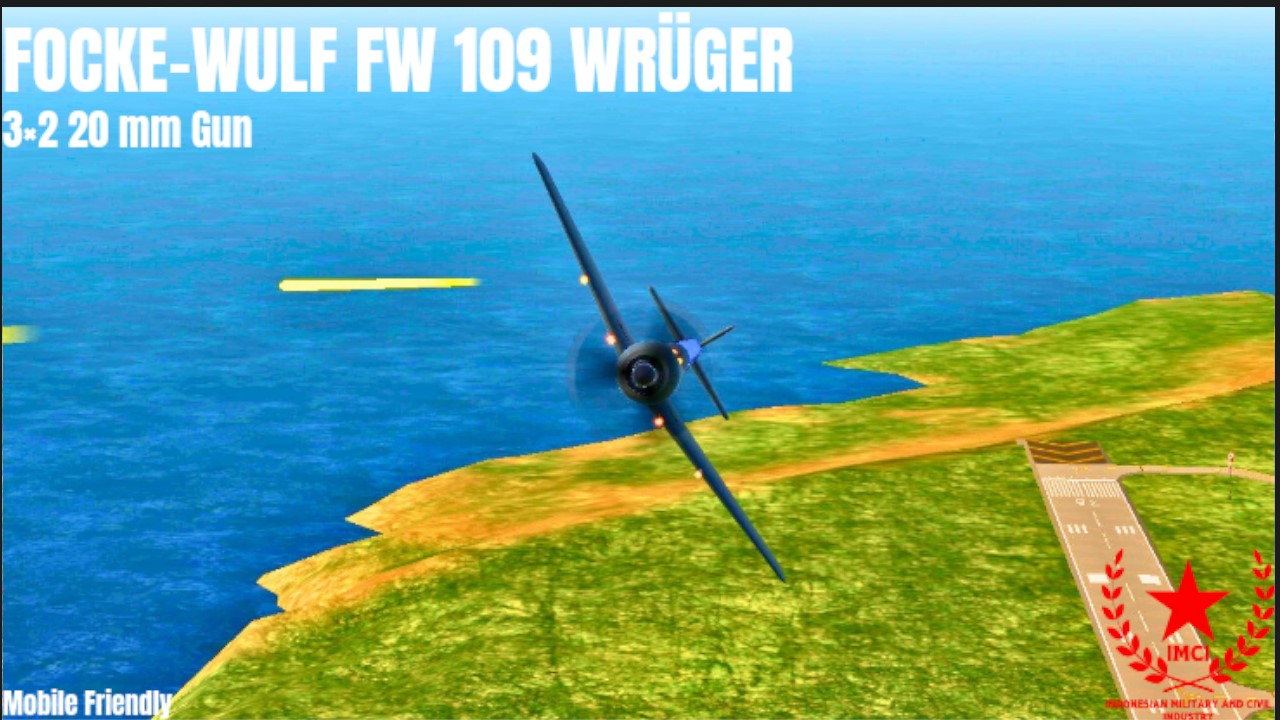
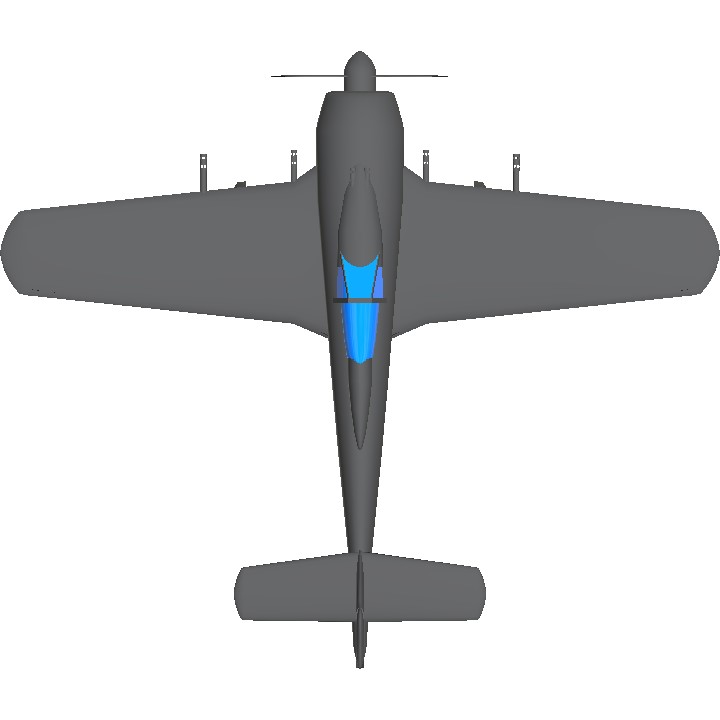
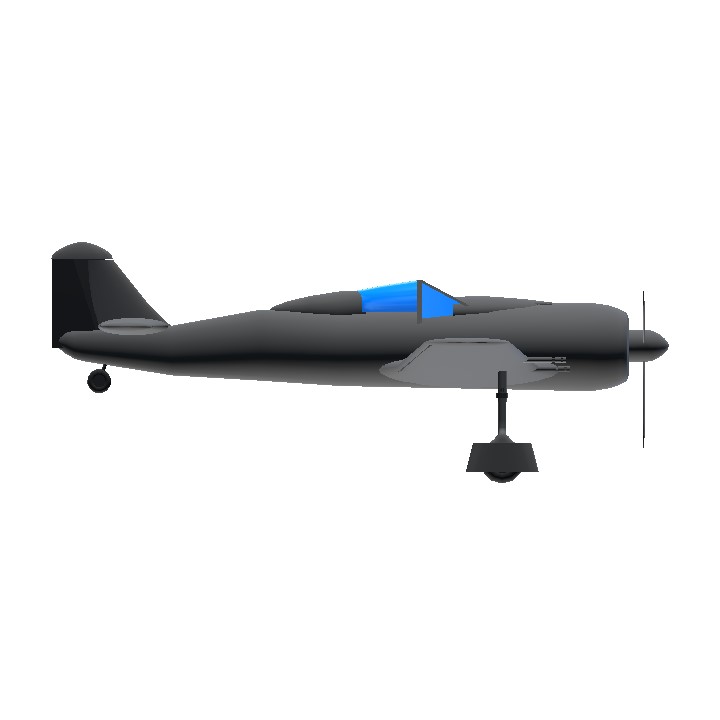
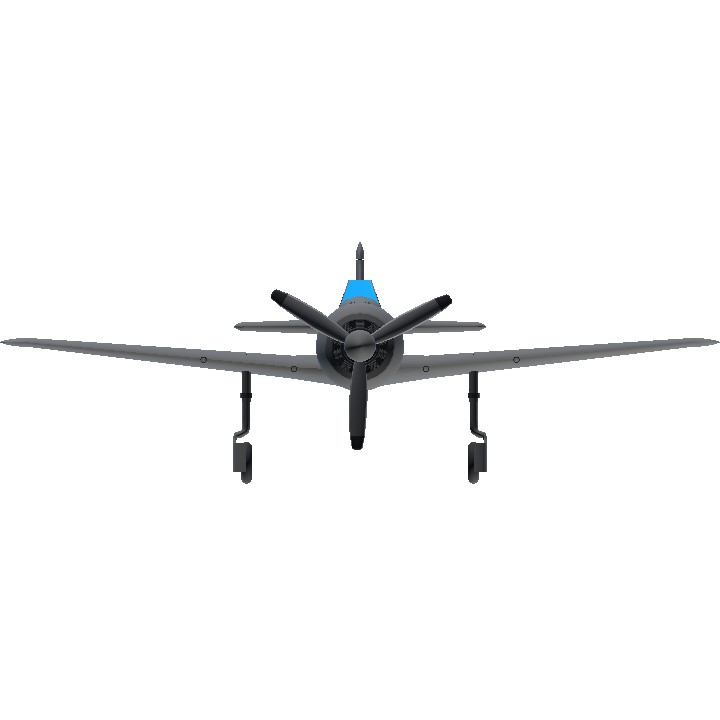
Tag
@Pleco123
@YarisSedan
@Graingy
@Graingy lol
I did not ask to be tagged.